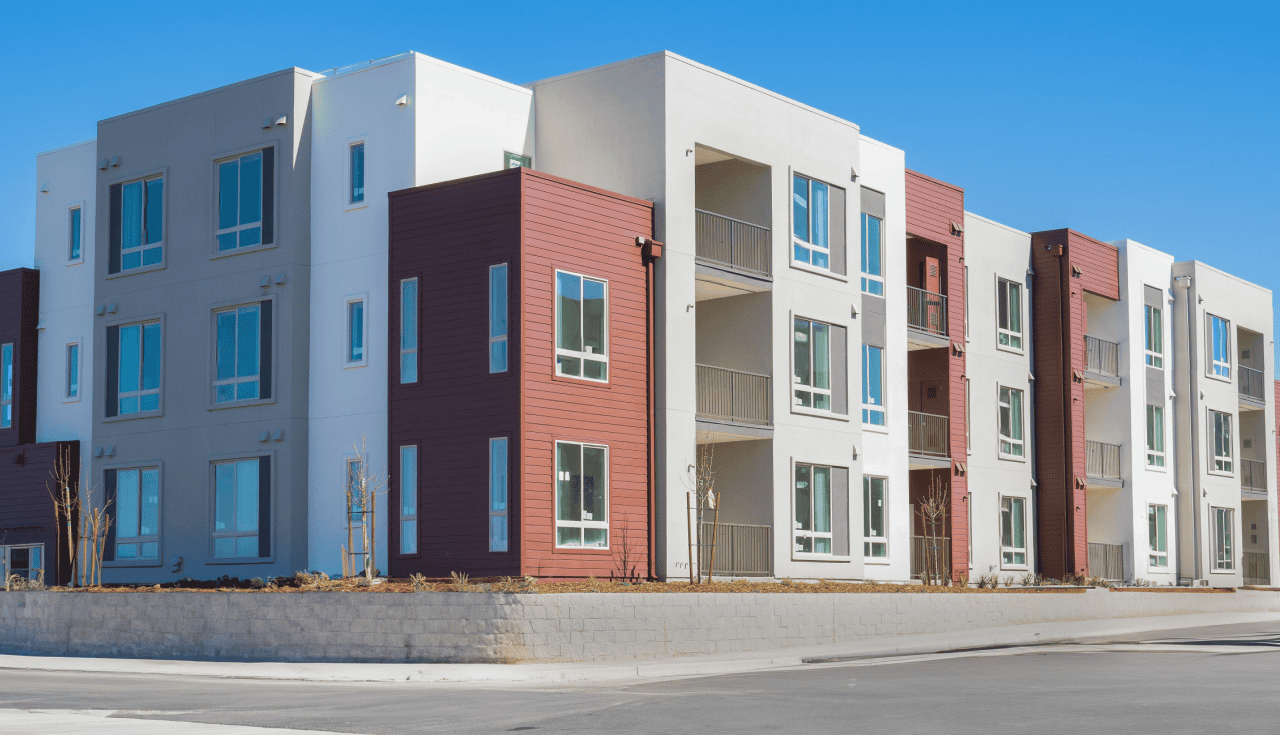Home·Property Management·The Returns and Risks of Multifamily Investing

The Returns and Risks of Multifamily Investing
Investing in multifamily real estate offers a variety of potential returns that can make it an attractive addition to your portfolio. Understanding the types of returns – like cash flow and appreciation – as well as the risks of real estate investing is critical to making informed decisions.
Cash Flow: Steady Income for Investors
One of the main returns investors look for in multifamily real estate is cash flow. Cash flow refers to the net income generated after all property expenses—such as maintenance, management, and mortgage payments—are deducted from rental income. Investors typically receive this as regular distributions on a monthly basis.
For many, this predictable, recurring income is a significant reason to invest in rental properties. Cash flow not only helps offset initial investment costs, but it can also be reinvested or saved for future opportunities. However, this return depends on occupancy rates, rental market trends, and effective property management.
Appreciation: Long-Term Value Growth
Appreciation is another key factor when considering the return on investment (ROI) in rental property. Appreciation occurs when the property’s value increases over time due to market growth, value-add upgrades, or other factors.
Investors can realize appreciation gains when they sell the property for more than they originally paid. While market cycles and economic conditions influence appreciation, a well-located and managed property often sees substantial value growth over the long term. Still, it’s important to note that appreciation is not guaranteed and can be impacted by economic downturns or unexpected market shifts.
Get a Free Multifamily Loan Quote
Access Non-Recourse, 10+ Year Fixed, 30-Year Amortization
Loan Amortization: Building Equity Over Time
A less discussed but valuable aspect of multifamily investing is loan amortization. As tenants pay rent, part of that income goes toward paying down the mortgage. Over time, this builds equity in the property, enhancing your net worth without requiring additional capital investment. This “forced savings” effect can be an additional layer of ROI for investors, contributing to long-term wealth accumulation.
Tax Benefits: Reducing Your Taxable Income
Multifamily real estate also offers tax advantages that can enhance the overall return on investment. Some investors benefit from deductions on mortgage interest, property depreciation, and operating expenses, all of which can reduce taxable income. Additionally, through 1031 exchanges, you may be able to defer capital gains taxes when reinvesting in other properties.
However, it’s essential to consult with a tax professional to fully understand the implications and to maximize these benefits within the legal framework.
Risks of Real Estate Investing
While the potential returns on multifamily real estate are attractive, it’s critical to understand the risks involved.
- Market Volatility: The real estate market is influenced by factors like interest rates, economic conditions, and local housing demands, which can fluctuate over time. If the market dips, both cash flow and appreciation potential may be affected.
- Vacancies and Tenant Issues: Properties with high vacancy rates or tenants who don’t pay rent can negatively impact cash flow. Effective property management is crucial to mitigating these risks, but there’s always a degree of uncertainty.
- Rising Costs: Unexpected expenses, such as repairs or regulatory changes, can cut into profits. Multifamily investors need to budget for potential surprises to ensure cash flow remains positive even when unexpected costs arise.
- Leverage Risks: While mortgage financing can amplify returns, it also increases risk. If rental income doesn’t cover the mortgage payments, or if interest rates rise, the investor could face financial difficulties.
Conclusion: Start Your Wealth-Building Journey
Multifamily real estate investments offer attractive opportunities for generating returns through cash flow, appreciation, loan amortization, and tax benefits. However, these returns aren’t guaranteed, and investors need to carefully consider the risks of real estate investing.
Source: Rise48 Equity
Get AAOA's Newsletter
Property Management News Categories
- Affordable Housing
- Collections
- COVID-19
- Eviction
- Fair Housing
- Financing
- Going Green
- Government
- Investing
- Landlord Forms
- Landlord Quick Tips
- Latest News
- Leasing
- Legal Brief
- Legal News
- Maintenance
- Make Extra Money
- Marketing Vacant Units
- Property Management
- Real Estate Investing
- Real Estate Trends
- Remodel and Repair
- Rent Magazine
- Security Deposit Alternatives
- Social Media
- Tax Tips
- Technology
- Tenant Screening
- Uncategorized















 Accessibility
Accessibility